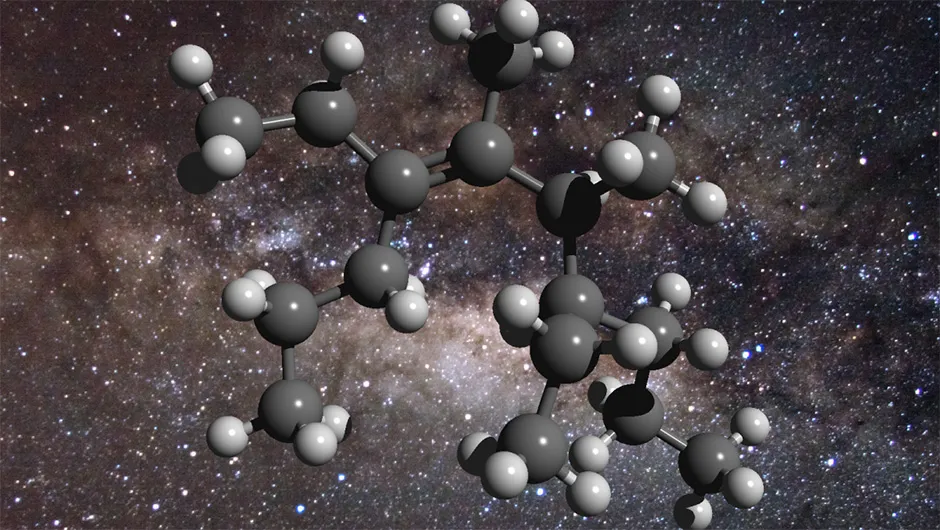Astronomers have found that there is an abundance of carbon-based 'space grease' in our Galaxy.
Carbon is an essential ingredient for life as we know, but only half of the carbon between stars is in its purest form.
The rest is chemically bound in two forms, greasy (aliphatic) and mothball-like (aromatic).
A team at the University of New South Wales (UNSW) in Australia and Ege University in Turkey have mimicked in a laboratory the process by which these greasy molecules form.
By establishing how much of this greasy molecule there is in stardust, astronomers can infer how much of this element is present in the Universe.
"Combining our lab results with observations from astronomical observatories allows us to measure the amount of aliphatic carbon between us and the stars," explains Professor Tim Schmidt of UNSW.
The team behind this study found that between a quarter and a half of available carbon is aliphatic, and that there are 100 of these atoms for every million hydrogen atoms.
This equates to 10 billion trillion trillion tonnes of greasy matter in the Milky Way.
Researchers conducted this experiment by putting carbon-containing plasma into a vacuum at low temperature.

The material was then analysed by using magnetic resonance and spectroscopy to determine how abundant aliphatic carbon is.
This space grease however, is not the kind of grease that we would find on Earth and is not comparable to fats like butter.
"It's dirty, likely toxic and only forms in the environment of interstellar space (and our laboratory," says Schmidt.
"It's also intriguing that organic material of this kind - material that gets incorporated into planetary systems - is so abundant."
The teams next step is to determine how much aromatic carbon is abundant, which will involve more challenging work in the laboratory.

